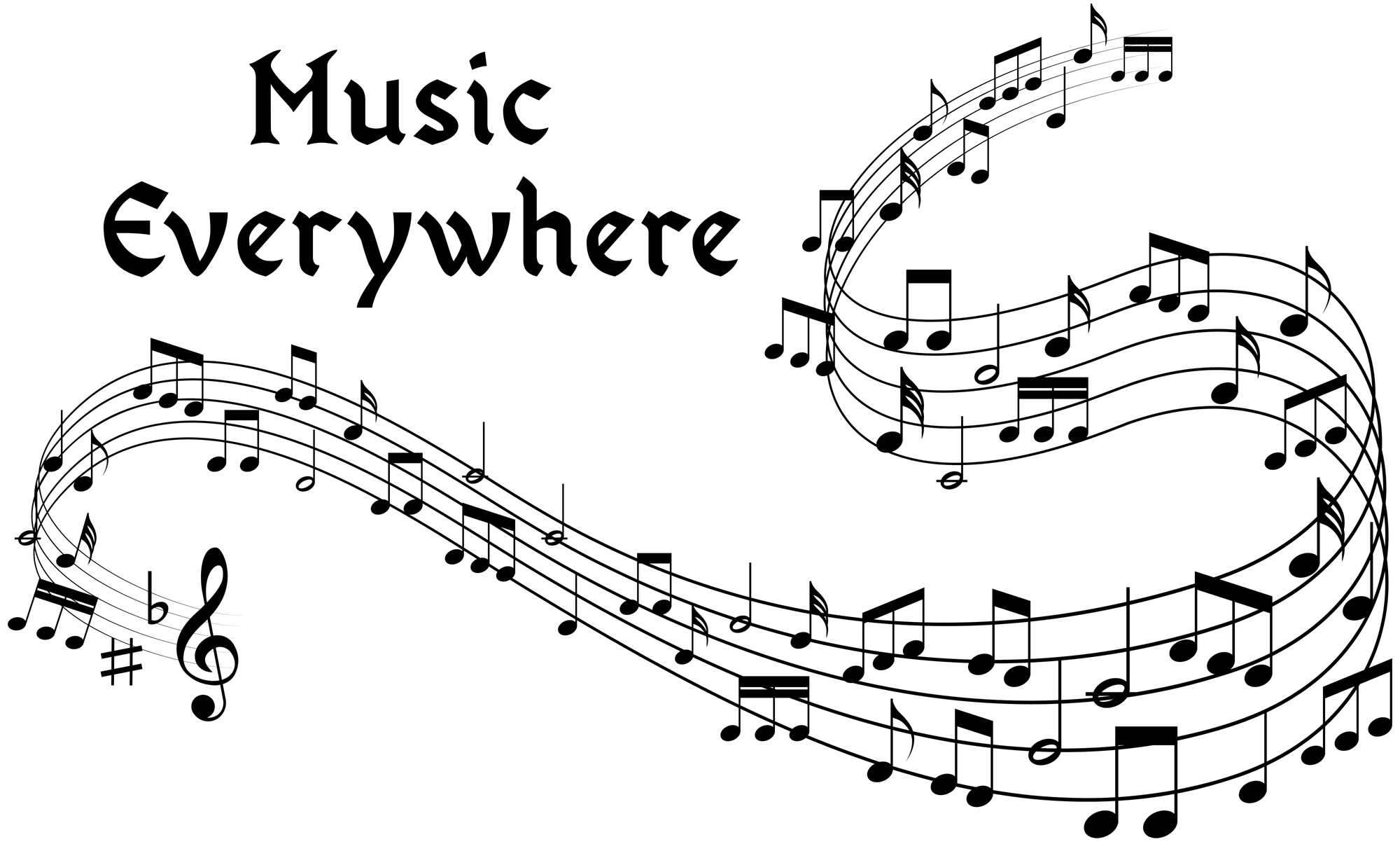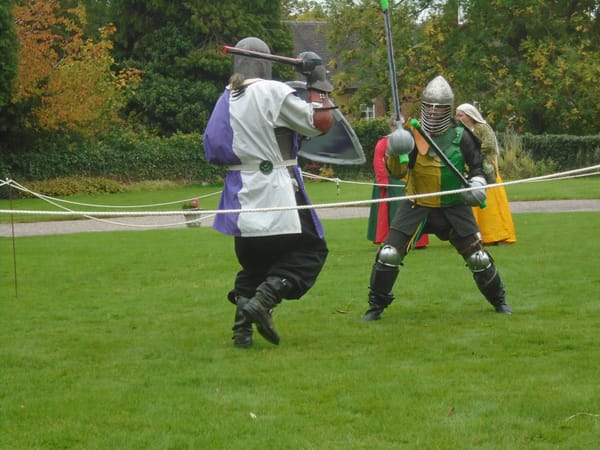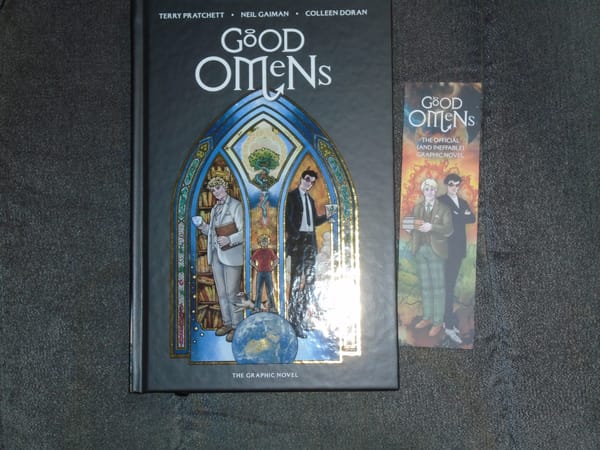Thick and thin

When I was in my late teens, I bought a calligraphy marker. Possibly I bought a set of them; I can't remember now. And when I tried using it, I discovered an important fact. Anyone, actually, can do basic calligraphy, because the main thing is the shape of your nib.
I started by just printing in my normal hand; but the shape of the nib soon encouraged tailing off the letters into uncial-like hooks, like this (I had to do this on the computer, for reasons you'll discover shortly, and GIMP is playing up so I couldn't use all the tools I wanted to use):

So I developed a basic but quite attractive calligraphy hand which consisted of printing like an infant-school teacher but with these added hooks. And, even at that stage, I was getting into the habit of printing in any case if I didn't need to write especially fast, because I was paranoid about people not being able to read my cursive handwriting. It was, and still is, actually quite legible for most people, but there were always one or two who had trouble with it; and in any case I was a little afraid of ending up writing like my dad. Or, ironically, my English teacher. She was lovely, and she was a cracking good English teacher, but she had terrible handwriting, for which she used to apologise. She used to say, "I know, it's a bit rich me telling you that your writing needs to be legible... but I don't have to sit any exams." To be fair to her, she did have progressive myopia.
Much later, I got a book on calligraphy, and it was rather daunting. It said you needed a desk which had to be set at an angle of about 45 degrees, and you needed this, and that, and the other, and you didn't absolutely need a supply of gold leaf and various other fancy bits and bobs, but it was a good idea to have them nonetheless. I did, as it happened, have a desk which could be set to the appropriate angle, so I tried working on it; but it just annoyed me in the end. I'm fine working on a flat or very slightly angled table top, but to be 100% honest I'd rather calligraph on a tray on my lap than at 45 degrees. Oh well, you live and learn. (I did not buy any gold leaf. That, I think, would have been a step too far.)
Where the book really was helpful was that it taught you a number of interesting and different hands, which was what I actually wanted to learn. I was progressing fairly well with one of them - I can't remember which one it was now - but then I had to move house rather fast, and I couldn't take everything with me, because I had to spend about six months in a homeless hostel while the council tried to find me somewhere that was actually suitable. This would not have been the case if my landlord hadn't randomly slapped one of those no-fault eviction orders on me; I was pretty annoyed about that at the time, but actually it proved to be a blessing in disguise. I had a lovely ground-floor flatlet in the hostel - no bigger than this one, but it had a square hall area, so it was very easy to store all my mobility gear without it getting in the way - and I was no longer having to struggle with stairs, which I'd become increasingly bad at. They even put me right next door to one of the laundry rooms, which, given the way Squirty Sidney the Ill-Tempered Ileostomy was wont to behave, could really not have been better. Nonetheless, much of my gear, including the tiltable desk, had to go into storage for a few months; and by the time I was both moved into my present flat and in a fit state to pick it up again, the markers I'd been using had dried out.

By this time I had plenty else to be doing, so I didn't think about it again until recently. The SCA has a flourishing scribal tradition; in particular, if you get any kind of award, you will be presented with a scroll (possibly other things as well, depending on the nature of the award, but I am pretty sure you always get a scroll). And this scroll will be beautifully calligraphed, and probably also illuminated, and it won't be done in my simple adapted print, either. It'll be done in a recognised mediaeval-style hand. Only in the SCA will you hear people say things like "I really wish this wasp would get out of my scriptorium"... but, yes, that happened, and not so long ago either.
So I was already thinking I'd like to have another bash at it, and was vaguely wondering what sort of markers to get, and trying to remember which ones I'd used before so I could avoid getting them again (it's a reasonable bet that they were cheap). And then, the other night, I had that question answered. Emphatically.
It is absolutely true that SCA scribes are inclined to use dip pens (even quills sometimes, if they know how to cut the nib properly) to write formal scrolls. Many of them even make their own ink. Which is all very impressive; but just like I use steel needles for netting unless I'm actually doing a demo for the SCA, most scribes aren't above using modern equipment for practice. And this lady who is, apparently, one of the finest scribes in the Known World went onto the main SCA Discord server and said: Pilot Parallel calligraphy pens. Those are what you want. At which point up jumped a number of other scribes, all saying, yes, they're the business.
They are cartridge pens, so drying out shouldn't be a problem. You can get cartridges in a whole slew of colours, and the pens themselves in a range of nib widths. And the thing about them is that the nib consists of two parallel plates set very close together so that the ink flows between them. I thought... right, these I have to try; so I have two of them (in different nib widths - they are conveniently colour coded so you can tell which is which) arriving in the post, along with a decent supply of cartridges in black plus assorted colours.
So, when they arrive, I'll let you know what I think; but if SCA scribes are raving about them, I suspect I'm not going to be disappointed. And there are online references for the various hands (obviously, especially within the SCA), so I think I'm going to be looking at those rather than the daunting book from now on...
...because it will just be easier. I'll probably be calligraphing on a tray on my lap!




